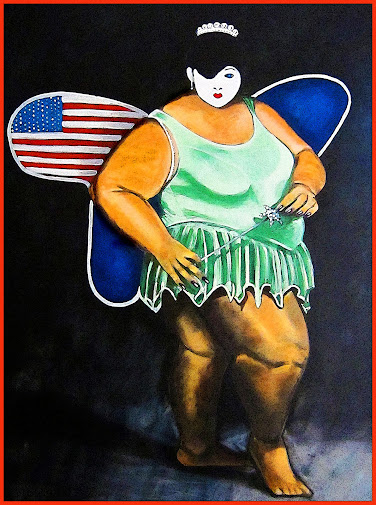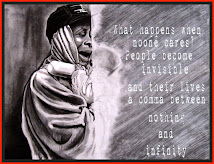-So, is this the dream job then? I asked the x-ray machine
operator as he was on his way to get to the shielded booth.
My words may have slowed down his walk a little
but he didn't answer.
-Stay absolutely still, he said and then shut the door to the
shielded booth.
A few minutes later he returned and told me to get up.
He didn't answer my question so I tried another one.
-What's your passion in life? I mean, what in life are you
passionate about?
-Passionate? I'm not sure that I'm particularly passionate
about anything really, he answered as he was making notes
on a piece of paper and motioning me to get dressed.
That was it. Next minute I was in my car on the way
home.
In my view passions
are something that evokes strong
emotions in us often varying from happiness, joy,
a sense of purpose and meaning as well as anger and frustration.
Some say that passions are important to us because
they help to motivate us into action, engagement and
the pursuit of desired goals.
But where do passions come from?
Pondering this, I started to wonder if perhaps day-
dreaming may have something to do with it.
Daydreaming as in ''staring out the window'',
not because of a curiosity to find out
what's going on outside, rather, in order to
set the mind free to wander, explore, hypothesize
and let the imagination run wild in our minds.
For me, daydreaming often begins with a question:
But what if........?
What if it is possible to.....
What if I do it differently......?
What if I look at it differently....?
Recent research suggests that daydreaming can help
us problem solve, stimulate creativity as
well as set and achieve goals.
Important to remember though, is that time and
place matters.
Daydreaming is not recommended when doing
so affects or interferes with our overall
daily functioning.
How we express and experience passion
(according to those in the know) often
depends on our personalities.
Personalities as in our character, temperament,
disposition, taste, inclinations, etc. etc.
i.e. our psychological profile.
I'm passionate about.......I'm enthusiastic about......
I like...................I enjoy................ I feel strongly about....
I'm quite interested in............and so on.
If you are wondering whether you may be ''passionate'' about
something or mere ''interested'' maybe this little
tip can be helpful:
If you find that you always put in more energy
into (doing) something than that which is required,
then that something may be something which you feel
passionate about.
Personally, I find that although being passionate
about stuff often involves allowing ourselves to experience
feelings on a deeper level,
it also brings with it a drive, a sense of purpose
and excitement.
''If you can't figure out your purpose, figure out your passion.
Passion will lead you right into your purpose.''
(T.D. Jakes)
''Passion is energy. Feel the power that comes from
focusing on what excites you.''
(Oprah Winfrey)
about the image: acrylic on large canvas
title: American Geisha (we all can have dreams)
















